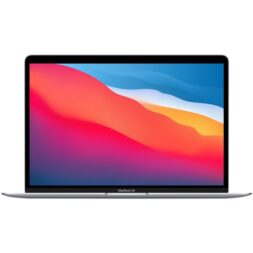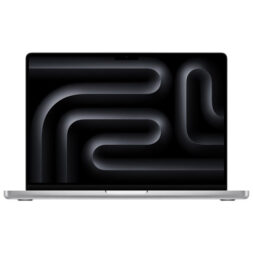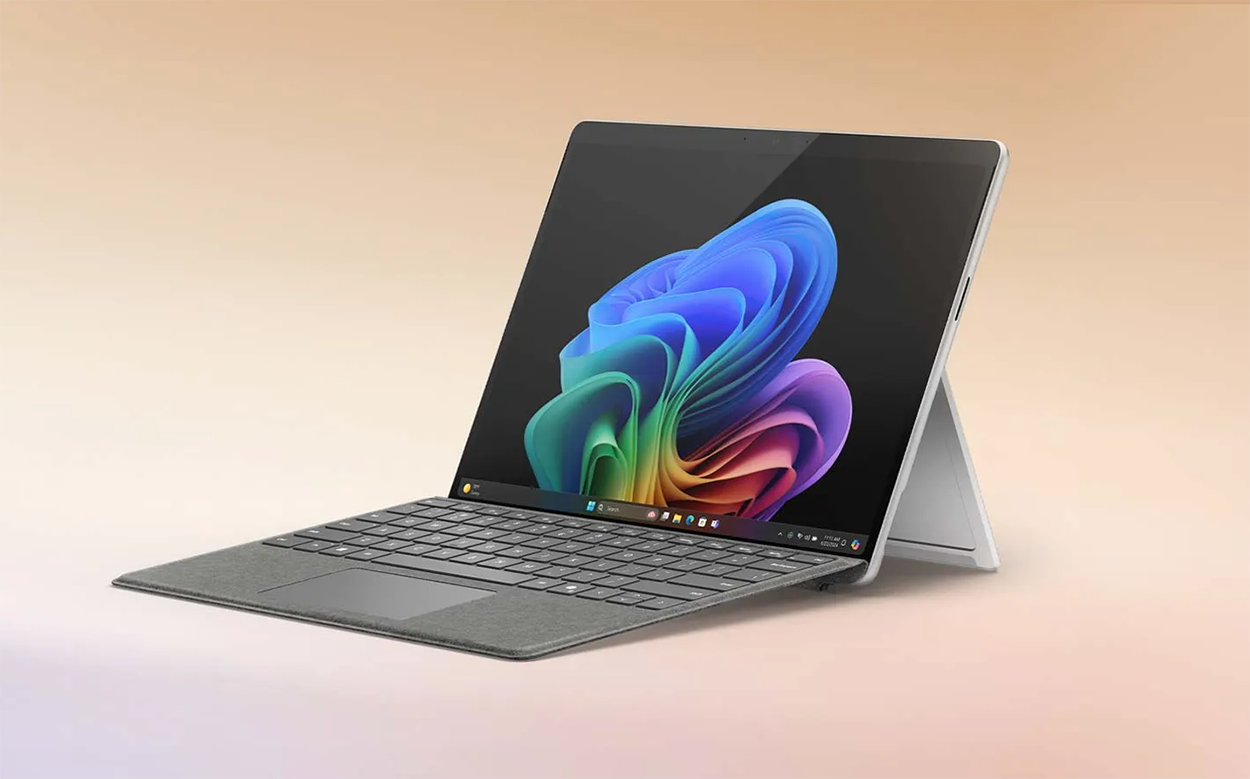
MacBooks have long been synonymous with premium quality, innovation, and reliability. They’re often seen as the gold standard in the world of laptops, but with their high price tag, it’s natural to wonder: are MacBooks worth it? In this article, we’ll explore the different MacBook models, the pros and cons of owning one, and help you decide if they’re the right choice for you.
Understanding the MacBook range
Apple offers two primary MacBook models: the MacBook Air and the MacBook Pro. Each comes with unique strengths tailored to different users.

MacBook Air
The MacBook Air is renowned for its lightweight design, impressive battery life, and dependable performance, perfect for those always on the move. From note-taking and research to presentations, it can support a variety of tasks.

MacBook Pro
The MacBook Pro, on the other hand, is a powerhouse laptop. Known for its robust processing capabilities and high-quality display, it excels in activities such as video editing, graphic design, and software development. Whether you’re a creative professional or someone who needs top-tier performance, the MacBook Pro has you covered.
What makes MacBooks stand out
Premium build quality
One of the most standout features of MacBooks is their aluminum unibody design, which gives them a sleek, professional look while ensuring durability. They’re built to withstand the rigors of daily use, making them perfect for busy professionals and those who value longevity in their devices.
macOS operating system
macOS, the operating system that powers MacBooks, is another major draw for MacBook users. Designed to be intuitive and user-friendly, it makes it easy for anyone to navigate and complete their tasks. Its clean and straightforward interface also simplifies navigation and organization, reducing the learning curve for new users. And, if you own other Apple devices like an iPhone or iPad, macOS seamlessly integrates with them, making it easy to share documents, tasks, and information across all your devices. With regular updates and robust security features, macOS not only keeps your work environment efficient but also ensures your data stays safe.
Performance
The M-series chips (M1, M2, and beyond) are another reason MacBooks stand out. These chips offer impressive speed, energy efficiency, and power—ideal for multitasking and intensive tasks such as video editing, software development, and data analysis. These efficient chips ensure that applications run smoothly, reducing lag and boosting productivity. Whether you’re multitasking with multiple applications or running complex software, MacBooks can keep up with demanding workloads, making them an excellent choice for various users.
Battery life and portability
For those constantly on the move, battery life and portability are crucial, and MacBooks excel in both areas. The latest models offer impressive battery life—up to 18 hours for the MacBook Air and 24 hours for the MacBook Pro. This is more than sufficient for a full day of work, travel, or other activities.
In terms of portability, MacBooks stand out due to their lightweight and sleek design. The MacBook Air is especially easy to carry, fitting comfortably into a bag without adding much weight. Even the slightly heavier MacBook Pro remains slim and portable, making it a convenient option for anyone who needs to transition between locations throughout the day.
Pros and cons of buying a MacBook
| Advantages | Disadvantages |
|---|---|
Performance: MacBooks, powered by the M-series chips, offer impressive speed, energy efficiency, and powerful performance, ideal for multitasking and running demanding applications. | High initial cost: MacBooks are generally more expensive than other laptops with similar specifications. |
Build quality: The aluminum unibody design provides durability, sleek aesthetics, and a premium feel, making them suitable for both personal and professional use. | Limited customization: MacBooks have fixed RAM and storage, so users cannot upgrade these components after purchase, limiting long-term flexibility. |
Ecosystem: Seamless integration with other Apple products like iPhones, iPads, and Apple Watches enhances productivity and the overall user experience. |
Who are MacBooks best for?
- Creative professionals: If you’re in a field like graphic design, photography, video editing, or music production, MacBooks are an excellent investment. Their reliable performance, stunning displays, and powerful creative tools make them ideal for professionals in the creative industry.
- Students: MacBooks are also a great option for students who need portability and reliability. The MacBook Air, in particular, is lightweight and offers excellent battery life, making it a good choice for those attending classes or studying on the go.
- Apple enthusiasts: If you’re already immersed in the Apple ecosystem (iPhone, iPad, Apple Watch), using a MacBook can create a seamless experience. Features like Continuity and Handoff allow you to switch effortlessly between devices.
Alternatives to MacBooks
While MacBooks are popular, they are not the only option available. Depending on your needs and budget, you might consider Windows laptops, Chromebooks, or versatile tablets and 2-in-1 devices.

Windows laptops
Windows laptops provide a diverse range of options in terms of features, specifications, and price points, catering to various needs. From budget-friendly models suitable for basic tasks to high-performance machines designed for intensive applications like gaming and multimedia editing, Windows laptops offer flexibility and customization options that appeal to a wide variety of users.
Chromebooks
Chromebooks are popular for their affordability, lightweight design, and integration with Google’s suite of productivity tools like Google Docs and Google Drive. They are ideal for those whose computing needs primarily revolve around web browsing, document editing, and online collaboration. However, since they rely heavily on web-based apps and have limited offline capabilities, they may not be ideal if you need a broad range of software compatibility or offline access to apps.
Tablets
Tablets are known for their portability and touchscreen features. They’re ideal for digital art, enjoying multimedia, and note-taking on the go, especially when paired with a keyboard. Devices like the iPad Pro, for example, boast powerful processors, support stylus input, and offer a range of apps tailored for both creative and professional use. However, because they run on mobile operating systems, they might not fully support all specialized applications, which is something to consider when making a choice.
2-in-1 laptops
Convertible 2-in-1 laptops combine the portability of tablets with the functionality of laptops, offering versatility for those who value both mobility and traditional computing. Devices like the Microsoft Surface series, for instance, feature detachable keyboards, powerful processors, and stylus support, making them suitable for a range of tasks from note-taking to graphic design. Their flexibility comes with a higher price tag compared to standard tablets but offers the benefits of a full desktop operating system.
Make sure to read our laptop buying guide to learn more about how to choose the right laptop for your needs.
The bottom line: Is a MacBook actually worth it?
In the end, whether a MacBook is worth the investment depends on your individual needs and priorities. If you’re looking for a premium, reliable laptop with powerful performance, exceptional build quality, and seamless integration into the Apple ecosystem, a MacBook could be the perfect fit. However, its high initial cost and limited customization options might make it less appealing for those on a tight budget or those who need more flexibility.
Carefully consider what you’ll be using the MacBook for, how long you plan to keep it, and how much you’re willing to invest upfront. Exploring other alternatives can also help ensure you’re making an informed decision. No matter what you choose, the key is to align your purchase with your lifestyle, workflow, and long-term goals.
FAQ
What is the difference between MacBook Air and MacBook Pro?
The MacBook Air is lightweight, portable, and ideal for everyday tasks, while the MacBook Pro offers more power with higher-end processors, better cooling, and additional features, making it suitable for demanding tasks like video editing and programming.
Is the MacBook Pro worth the extra cost?
The MacBook Pro is worth the extra cost if you need high performance for creative work or resource-intensive tasks. It offers more processing power, better displays, and additional features, but may be overkill for casual users.
How long does a MacBook battery last?
The battery life on the latest MacBook Air and MacBook Pro models is impressive. The MacBook Air offers up to 18 hours of use, while the MacBook Pro can last up to 24 hours.
What are the best accessories for a MacBook?
Useful accessories include a protective case or sleeve, a reliable external hard drive for backups and extra storage, a laptop stand for ergonomics, and a wireless mouse and keyboard for enhanced productivity and convenience.





